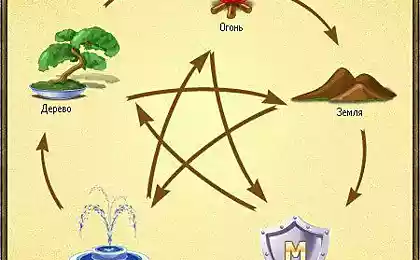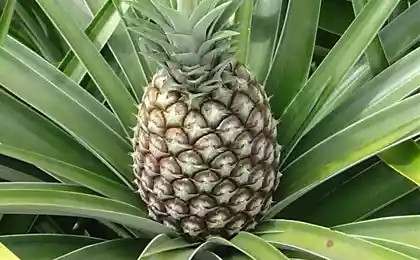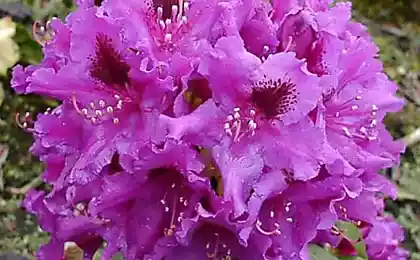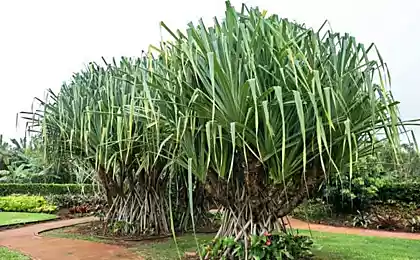428
In the Philippines have discovered a plant that eats metal
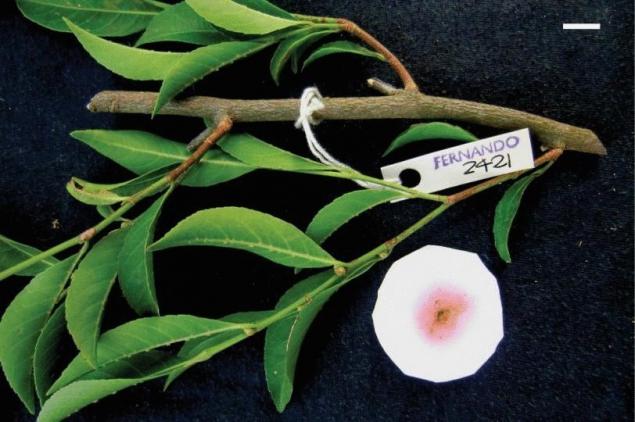
Scientists from the University of the Philippines Los baños (Los Baños) have discovered a new plant species with an unusual lifestyle – in order to maintain the plants absorb Nickel – accumulating up to 18,000 ppm of the metal in their leaves.
"I wonder what do the plants do not poison," says Professor Edwino Fernando (Edwino Fernando), lead author of the report. "This amount of metal contained in these plants, hundreds or even thousands of times higher than other plants."
The study was published in the open-access journal PhytoKeys.
New plant species called Rinorea niccolifera, the name reflects the ability to absorb Nickel in very large quantities. Hyperkalemia Nickel very rare, only about 0.5-1% of the species of plants growing in Nickel-rich soils, can demonstrate this ability. Around the world with this unusual trait known to just about 450 species, which is a very small part of the approximately 30,000 species of vascular plants.
New species of plants, according to the message of Dr. Marilyn Quemado (Dr Marilyn Quimado), one of the leading scientists of the research team, was discovered on the Western part of the island of Luzon, Philippines, whose soil is known to be rich with heavy metals.
"Plants with hyperkalemia have great potential for the development of technologies such as such as phyto-remediation and mineral extraction from plants — phytomining (phytomining)," explains Dr. Augustine Carolina (Dr Augustine Doronila) from School of chemistry, the University of Melbourne, who is also the co-author of the report.
The phyto-remediation is a method of solving environmental problems by using plants that remove harmful effects, without the need for removal of polluting material and re-use them elsewhere.
The phyto-remediation is to reduce concentrations of harmful substances in contaminated soils, water or air with plants able to absorb, transform or remove heavy metals, pesticides, solvents, explosives, crude oil and its derivatives, and other contaminants from their polluted environments.
Some plants absorb copper compounds through the roots. As a result, they accumulate these compounds. Plants can be burned to obtain the ash, which contains copper. This method of extraction is called mining with plants — phytomining (phytomining).
Scientists believe that plants literally able to "pull" toxins from the soil. A similar process is already applied in Maryland, where the trees slowly pull toxic substances from the soil remaining after the disposal of chemical weapons and industrial chemicals since 1970, when the area was used as "ground".
Conducting field and laboratory research is part of a research project funded by Department of science and technology Philippine Council for industry and energy. (Emerging Technology Research and Development)
Source: facepla.net

